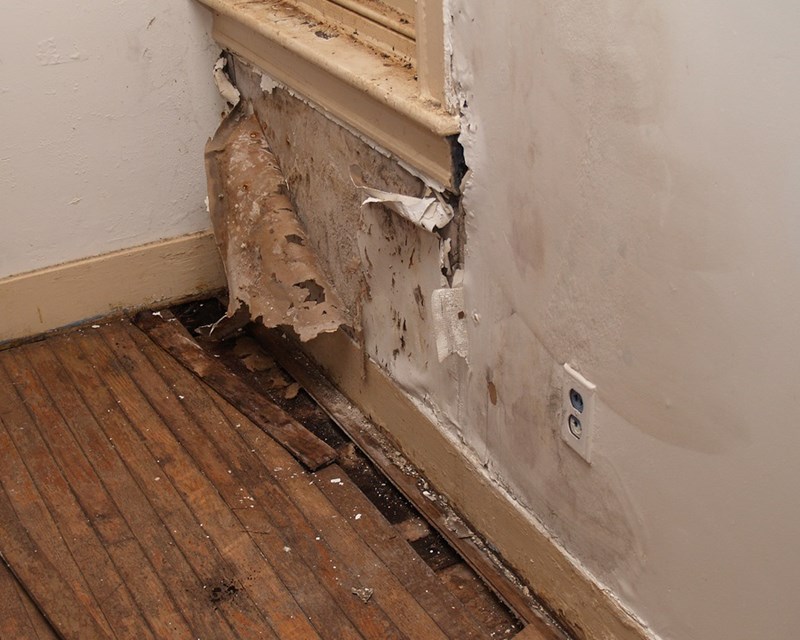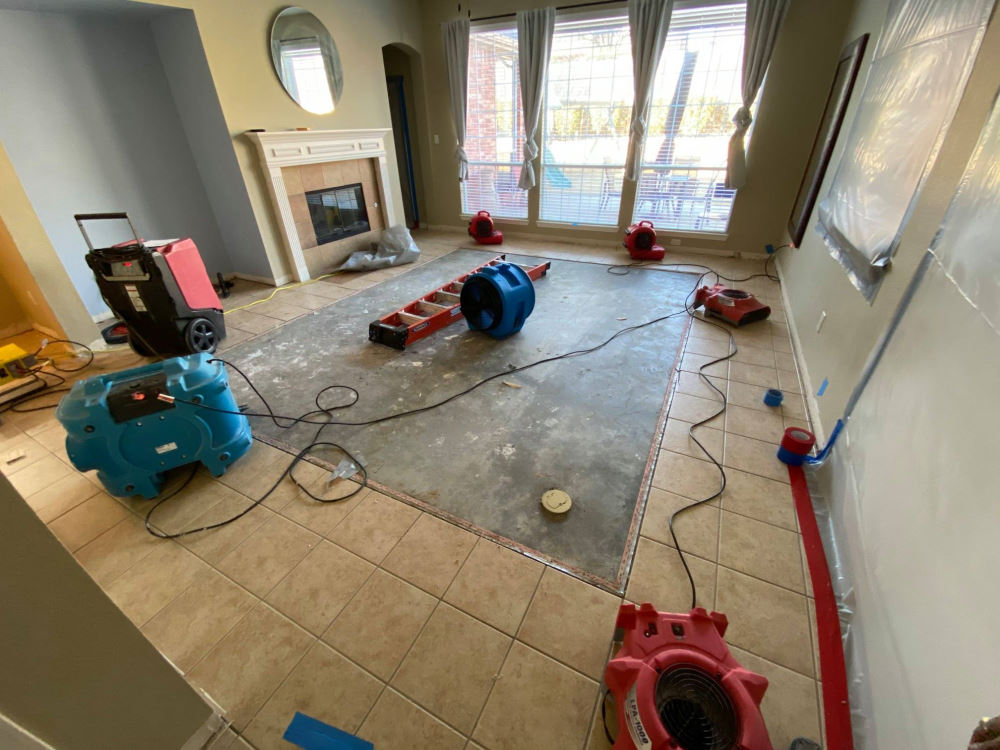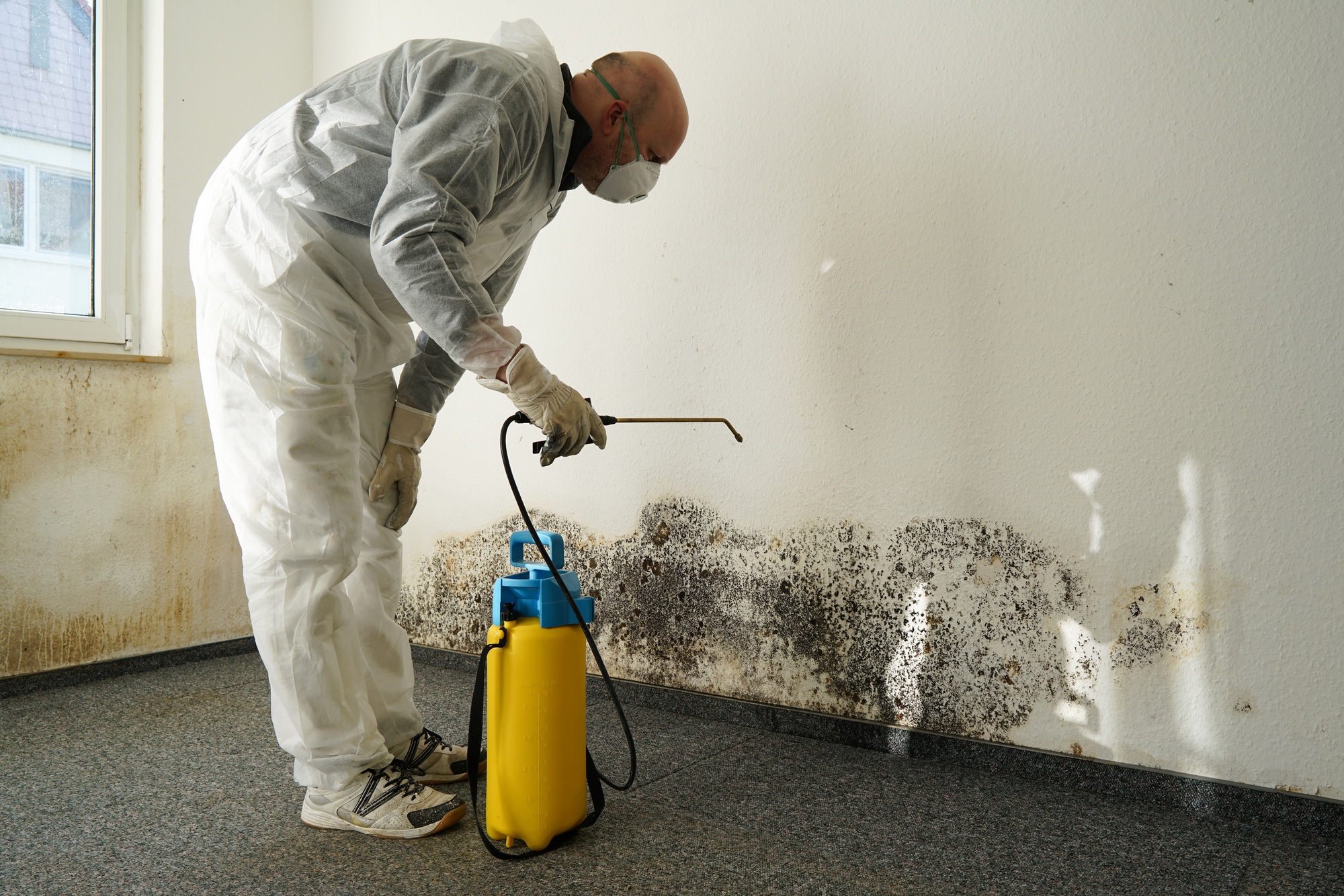Emergency Water Damage Restoration to Restore Your Property Quickly
The Process of Water Damage Cleanup: Ensuring Your Home Is Restored Properly
Water damages can be an overwhelming obstacle for house owners, requiring a structured and precise clean-up process to bring back security and performance. damage restoration services. Following this, effective water removal techniques play a pivotal role in mitigating additional damage.
Analyzing the Damage
Upon uncovering water damages, the very first step is to extensively examine the extent of the effect. This initial assessment is essential, as it assists determine the required steps for reliable cleanup and remediation. Begin by inspecting the influenced areas, consisting of wall surfaces, ceilings, floors, and individual belongings, to determine the source of the water breach, whether from flooding, leaks, or condensation.
Recording the damages is vital for both insurance policy cases and preparing reconstruction efforts - damage restoration services. Usage pictures and created notes to record the extent of the damage, keeping in mind any afflicted architectural elements and products. Pay unique focus to locations that may not be quickly visible, such as behind wall surfaces and under carpetings, as hidden dampness can cause further complications, including mold development
In addition, assess the timeline of the water exposure. Ultimately, a thorough analysis lays the groundwork for a successful water damage clean-up procedure, making sure that all impacted areas are dealt with properly and completely.
Water Removal Techniques

Experts generally use completely submersible pumps for larger volumes of water, which can promptly alleviate flooding in cellars or other affected areas. For smaller sized quantities, wet/dry vacuum cleaners are typically utilized to draw out residual wetness from rugs and difficult surface areas. Additionally, utilizing mobile extractors permits for targeted removal in constrained areas or areas with fragile products.
In circumstances of polluted water, such as sewage or floodwater, progressed extraction methods might include making use of biohazard equipment to make certain safety and security and compliance with health and wellness regulations. High-powered removal devices are important in lessening water retention in structural materials, which can bring about mold and mildew growth and architectural wear and tear if not attended to without delay.
Inevitably, the efficiency of water removal techniques plays a pivotal role in the overall success of the water damages cleanup procedure, preparing for succeeding reconstruction efforts.
Drying and Dehumidification
Once standing water has actually been effectively drawn out, the following essential phase in the water damage clean-up process is drying and dehumidification. This action is important to prevent more damages and mold growth, which can happen within 24 to 48 hours in damp environments.
To achieve efficient drying out, specialized tools such as industrial-grade air movers and dehumidifiers is utilized. Air movers flow air throughout damp surfaces, enhancing evaporation rates, while dehumidifiers lower moisture levels airborne, promoting a conducive setting for drying out. The mix of these tools makes sure that wetness is extracted from furnishings, floors, and walls, permitting them to dry thoroughly.
It is essential to monitor the drying out process carefully. Professionals usually utilize wetness meters to assess the wetness material in numerous products, ensuring that all influenced locations reach acceptable dry skin degrees. This thorough approach assists to avoid concealed moisture pockets that could lead to structural damage or undesirable mold and mildew development.

Cleaning and Sterilizing
After the drying out and dehumidification stage is full, the following vital action in water damage cleaning is cleaning up and disinfecting the impacted areas. This procedure is critical to stop the growth of mold, bacteria, and other pathogens that thrive in moist settings.
The cleaning phase usually includes getting rid of any kind of particles, dirt, and contaminants from surfaces utilizing specialized cleaning up agents. For difficult surface areas, a combination of water damaged ceiling repair cost soap and water or industrial cleansing items is frequently used. Soft products, such as furniture and rugs, may require extra considerable cleaning approaches, consisting of steam cleansing or deep extraction methods, to ensure detailed cleanliness.

Disinfecting follows cleansing, using EPA-approved disinfectants to eliminate unsafe microbes. This action is vital, especially in areas that may have entered call with floodwaters or sewage, as these resources can present severe health risks.
In addition, it is necessary to attend to any type of continuing to be odors, which might need using smell neutralizers or innovative techniques like ozone therapy. Appropriate cleaning and sterilizing not only restore the safety and security and hygiene of your home however likewise prepared for effective repair and repair services in succeeding stages of the water damages cleanup process.
Reconstruction and Fixings

As soon as the assessment is total, restoration initiatives can start. This usually entails fixing or replacing damaged materials, making certain that all job abides by neighborhood building ordinance and criteria. For example, if drywall has actually been endangered, it will need to be removed and replaced with brand-new material. Additionally, floor covering might require comparable focus, depending on the degree of water direct exposure.
It is vital to engage knowledgeable restoration professionals during this procedure, as they have the proficiency to deal with intricate repair services successfully. They can help reduce prospective future concerns, such as mold and mildew development or architectural instability, therefore making sure a habitable and safe living setting. Inevitably, efficient repair and fixings restore the home's integrity and enhance its general value.
Final Thought
To conclude, the process of water damages cleanup is important for restoring a home to its pre-damage problem. Each stage, from assessing the damages to executing effective water extraction methods, complied with by thorough drying, disinfecting, and essential repair work, plays a necessary function in making certain security and conformity with structure criteria. Effective implementation of these steps not just minimizes immediate damages however also improves the long-term stability and worth of the building.
Water damages can be a difficult difficulty for property owners, requiring a meticulous and organized clean-up procedure to recover safety and security and performance. Inevitably, a weblink detailed evaluation lays the groundwork for an effective water damages cleaning procedure, ensuring that all impacted areas are attended to successfully and extensively.
Reliable water removal techniques are vital in reducing damages and protecting against more difficulties complying with a water intrusion event.In click to find out more verdict, the process of water damage cleanup is vital for restoring a home to its pre-damage problem. Each phase, from analyzing the damages to applying effective water removal strategies, followed by complete drying, sterilizing, and needed repair work, plays a vital role in guaranteeing safety and conformity with building standards.